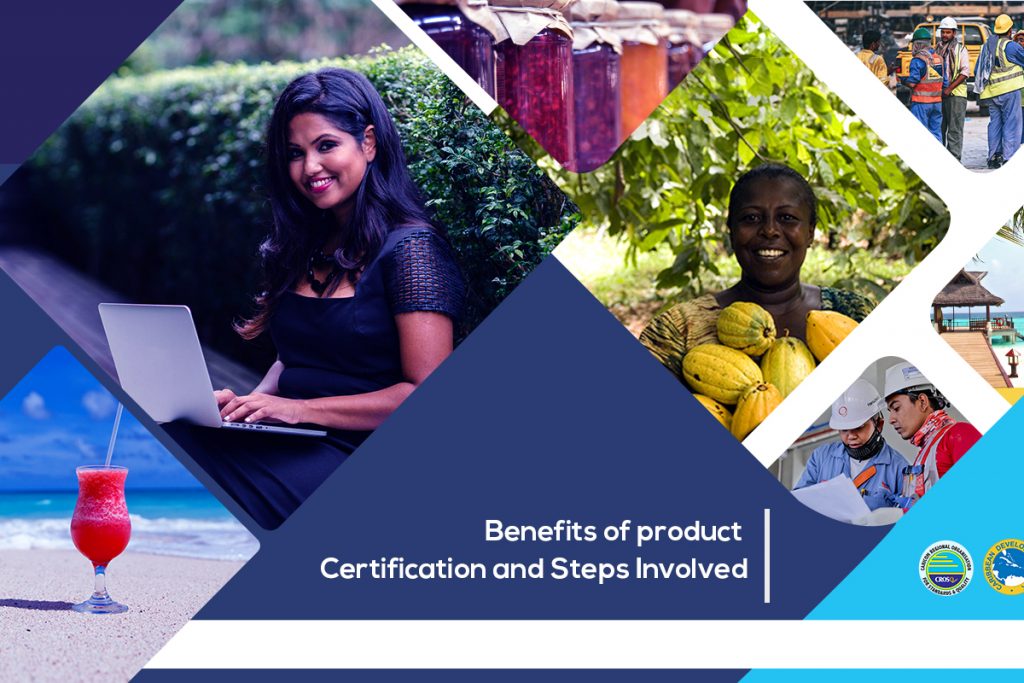Product Certification: Its Benefits and the Steps Involved
- crosqblog
- on Nov, 15, 2019
- Category Demand for Quality
- Comments Off on Product Certification: Its Benefits and the Steps Involved

Product certification and process certification have different roles in the quality assurance process. The former demonstrates that a product has passed quality assurance and testing which meet the relevant local or international standards. Additionally, the product certification process “involves assessing the manufacturer’s production systems and facilities, and selecting representative samples of finished products for testing by independent accredited testing facilities.”
On the other hand, process certification focuses on assessing the quality of the business processes that lead to the final product. Both types of certification should be embedded in your business’ quality assurance framework. Here is a breakdown of the importance of product certification and the steps you should take to obtain it.
The Benefits of Product Certification
Trust is the central theme when discussing the benefits product certification provides. Ultimately, it is about building consumer confidence so that your business stands out in a sea of competitors. There are two benefits which stem from this:
- The ability to expand your customer base
- Competitive advantage
Expand Your Customer Base
You have a loyal customer base that you have worked hard to build. That is great, but there are still several local and international customers who know little (or nothing) about your brand. They may have heard about it from relatives (or friends), or happened upon your website while browsing the internet, but how can they really trust that your brand consistently produces high quality products without tangible evidence.
Internationally accepted product certification marks provide this evidence and helps win their trust. Furthermore, a product certification mark:
- Assures the customer that a reputable certification body has done the requisite checks and balances to ensure that the successfully tested product mirrors the product being sold
- Indicates that the business has received a certification listing
- Provides proof that the manufacturer is being audited consistently
Gain Competitive Advantage
It follows that winning the trust of potential customers increases your brand’s competitive advantage. Companies without product certification spend more time and money trying to win that trust. Some are unsuccessful.
The Product Certification Process
The product certification process begins by identifying a reputable product certification body. Starting here ensures that you have access to the body’s certification requirements and can create a strategy for meeting them. It must be noted that ISO does not provide certification. Therefore, ISO/IEC 17065:2012 can be used as a guide for understanding internationally accepted product certification standards but you must contact a certification body to receive official product certification, of which there are some in the Caribbean.
The steps to complete the product certification process are listed below.
- Conduct a gap analysis. Where is your company falling short based on the requirements of the standard?
- Receive technical support to address the gaps.
- Test the refined product against the benchmark.
- Apply for an official assessment.
- Make the recommended modifications (if any are suggested).
- Receive certification.
- Consistently evaluate and improve the product.
Final Words
Product certification and process certification are important elements of the quality assurance process. Inevitably, product certification increases your customer base and helps your brand gain competitive advantage. You should be the change by obtaining product certification for your business.




